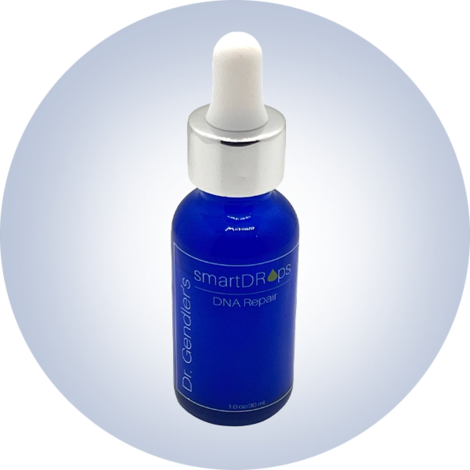My jawline, once a reliable source of confidence, is no longer razor-sharp. Where once there was a clean edge, now there are the beginnings of what some might call “jowling.”
Not to worry! I was able to sidestep an impending meltdown by pulling up Persana, a recently launched online concierge service that gives 1-percenters a new way to shop for their next chemical peel, breast augmentation, or deep-plane facelift, all from the comfort of a home office or shaded lounge chair.
Billed as a platform for consumers to match with dermatologists and plastic surgeons, Persana is the Raya of aesthetic medicine, where mere mortals are invited to e-mingle with the biggest names in the nip-tuck-and-injectables game.
Developed by Beverly Hills plastic surgeon Babak Azizzadeh, its current roster of around 60 cosmetic doctors includes industry heavyweights such as Rod Rohrich, one of the top facelift surgeons in the country, and the esteemed dermatologist Doris Day.
For $100, the procedure-curious can pose detailed questions, adding photos and videos, to any doctor on the platform. Virtual consultations, which are priced at the discretion of each doctor, can also be booked in real time.
Considering that many of Persana’s doctors have months-long waiting lists for new-patient consultations, that jump-the-line access is a big part of the platform’s allure. The doctors especially appreciate that all of the direct messages are secure and therefore compliant with HIPAA regulations. This is not the case for D.M.’s on social media—many doctors, especially those with large online followings, are deluged with dozens of them every day.
This barrage is a direct result of another industry phenomenon: the rise of the superstar aesthetics doctor. Many beauty lovers end up with Instagram feeds of one Chanel-bedecked dermatologist after another, many of them living the five-star life my kids’ pediatrician can only dream about. One surgeon, who asked to remain anonymous, says he was begged by a 28-year-old patient to attend her birthday party as a guest of honor, as if he were Selena Gomez.
Robert Schwarcz, an oculofacial plastic surgeon in Manhattan, believes that the public’s fascination stems from the field’s veiled and taboo past. There’s also the fairy-godfather factor, fueled by dramatic “before and after” transformations. “Gastroenterologists are not putting their colonoscopies online,” he says.
Sam Rizk, a facial plastic surgeon in Manhattan, estimates that in any given week, 40 percent of his consults happen virtually, up from 25 percent a few years ago. “They all seem to find me on social media,” says Rizk of his patients, some of whom fly across the world to go under his knife.
Howard Sobel, a dermatologist in Manhattan, says that younger patients, in particular, discover him through social-media channels. “I still feel that one should try to get some personal recommendations before making a decision to use a doctor,” he says.
Which is where Persana hopes to come in. “What makes it unique is the way doctors are vetted,” says Guy Massry, an oculoplastic surgeon in Beverly Hills who is Persana’s chief medical officer. Experts are invited to join the platform based on a number of factors, including their board-certification status, how much time they spend speaking about or teaching their craft, whether they have any malpractice lawsuits outstanding, and so on. What doesn’t matter? A hefty social-media following.
Persana aims to expand well beyond its current roster, adding emerging talent to give users more economical options. As it stands now, most of its surgeons and dermatologists are on the pricier side.
In the name of journalism, I sent photos and videos of my jawline to Amir Karam, a facial plastic surgeon (and, it must be said, a YouTube star) based in San Diego, and Grigoriy Mashkevich, a facial plastic surgeon in New York who falls into the up-and-coming category.
Within 24 hours the platform alerted me to new messages from my matches. (Dopamine hit!) Karam suggested I up my skin-care game and play it year by year, since I wasn’t showing quite enough skin laxity to merit his Vertical Restore facelift with fat grafting, which has great outcomes but costs $100,000 or more. Mashkevich offered a mini-lift option as an interim solution.
Another round of messages later, I learned that Mashkevich’s deep-plane mini-lift would improve the sagging in my lower face and neck. Less invasive than a full facelift, it was also more affordable, at $40,000. As I logged off, I was buoyed by the fact that a surgical intervention might be more within my grasp than previously thought. Now, if only my dating apps could work so well.
Tatiana Boncompagni Hoover is a journalist, a novelist, and the founder of Eat Sunny, a ready-made-organic-meal service based in New York City





